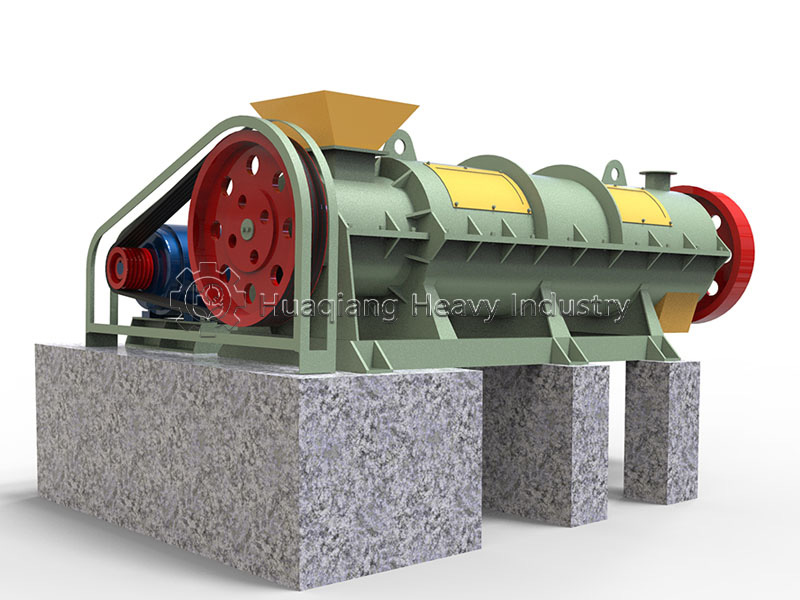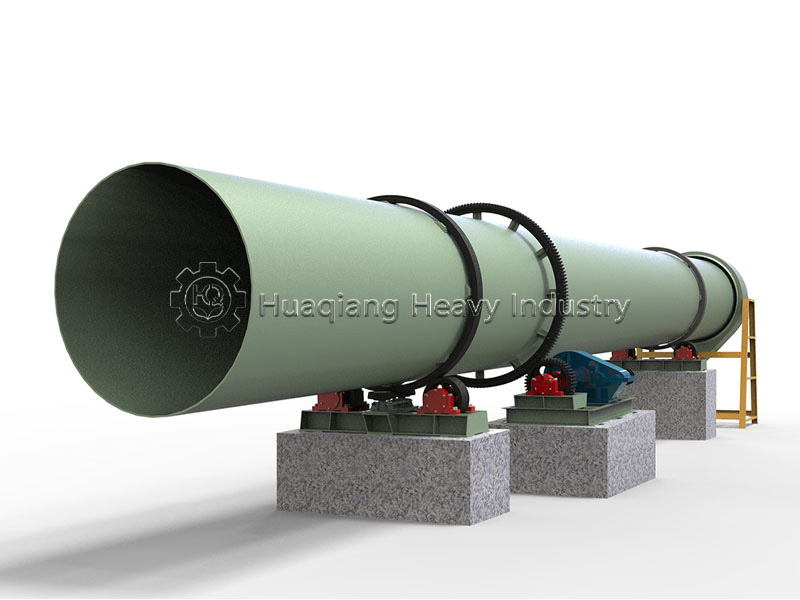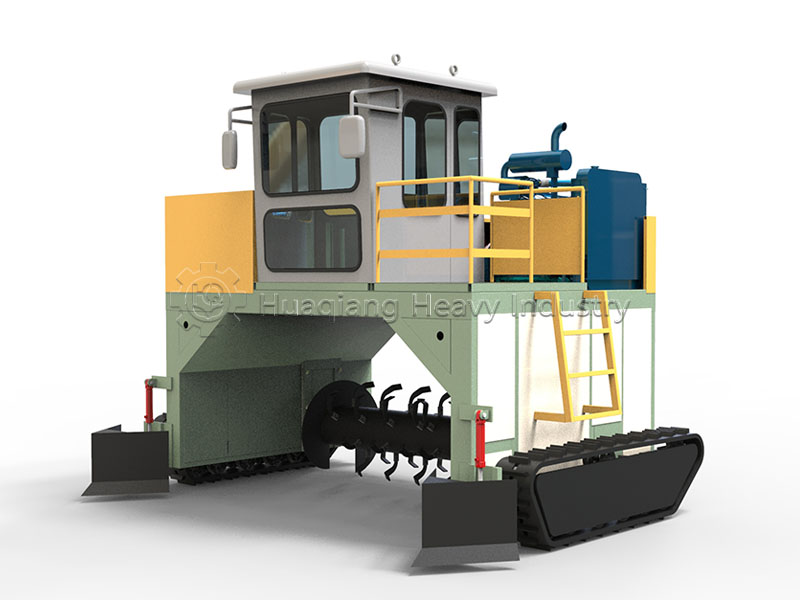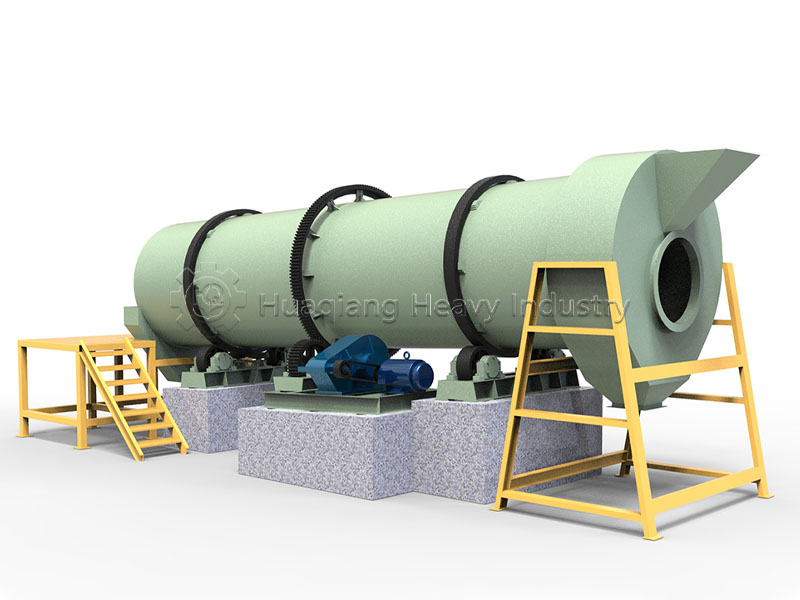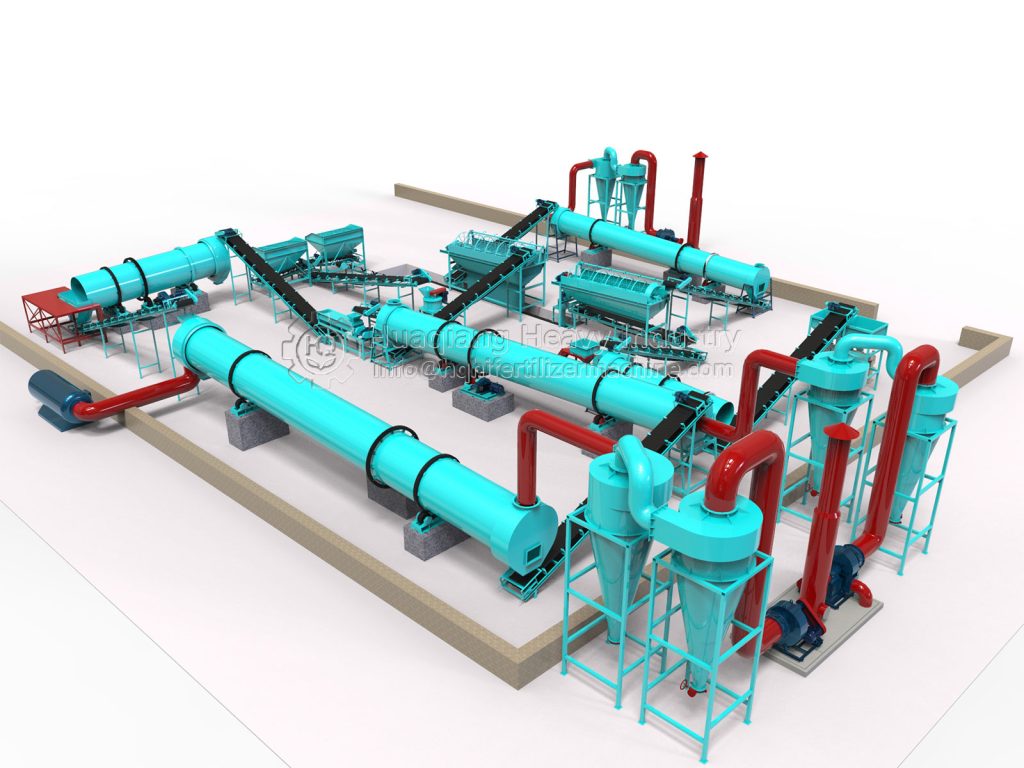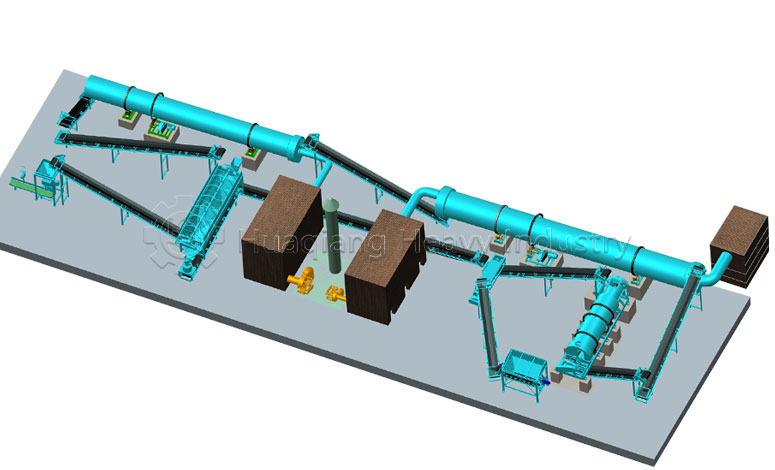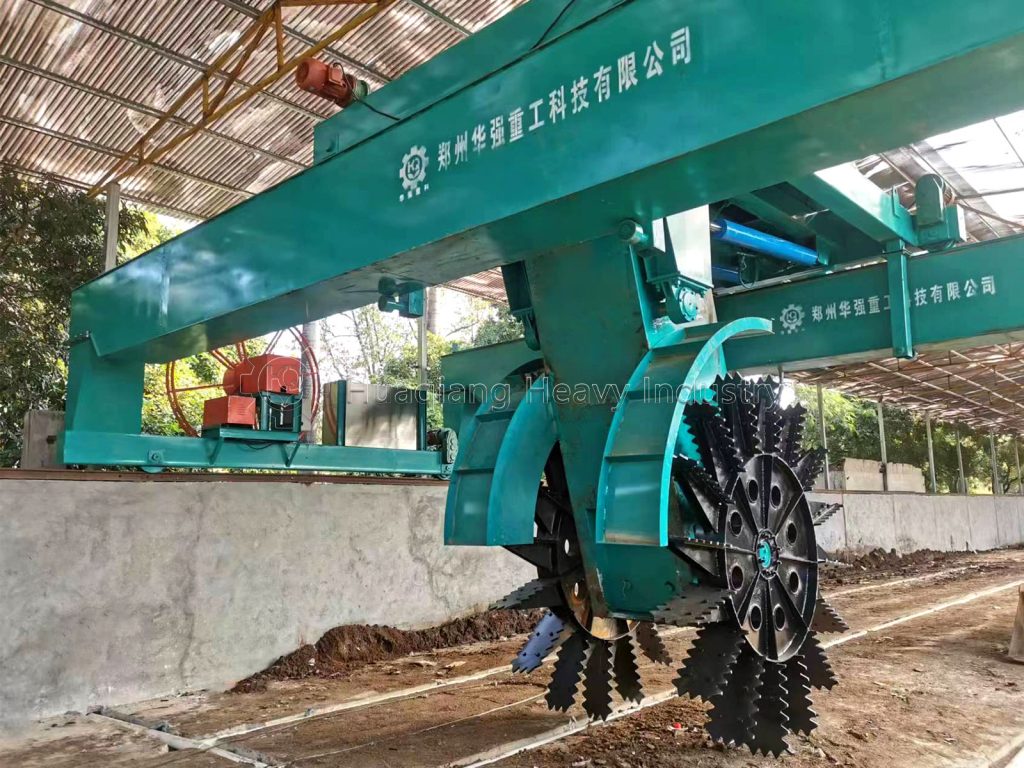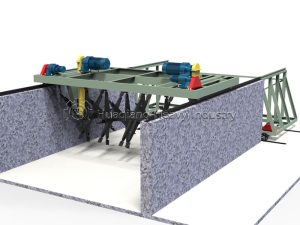Fertilizer Granulation: From Powder to Granules
In modern agricultural production, fertilizer granulation technology plays a vital role. This seemingly simple process actually contains precise scientific principles and engineering techniques, transforming loose powdered fertilizers into uniform granules that not only improve fertilizer utilization efficiency but also significantly reduce labor intensity in agricultural production.
Basic Principles of Granulation
The core of fertilizer granulation lies in the process of “raw material aggregation + solidification shaping.” Current mainstream granulation technologies are divided into two pathways: wet and dry methods. Wet granulation involves adding water or binders to make powdered materials form wet granules through tumbling in granulation equipment, followed by drying and cooling processes to complete solidification. Dry granulation uses high pressure to directly compress raw material powder, relying on intermolecular forces for shaping, making this method more energy-efficient and environmentally friendly.
Five-Step Manufacturing Process
The complete fertilizer granulation process involves five key steps. First is raw material pretreatment, ensuring all materials have uniform particle size, typically requiring fineness below 200 mesh. Next is mixing and formulation, thoroughly combining various raw materials and necessary binders according to precise formula ratios. The third stage is granulation shaping, where mixed materials form initial granules through tumbling or compression in granulators. This is followed by drying and cooling to remove excess moisture and stabilize the granules. Finally, screening and packaging ensure consistent quality of the finished product.
Granulation technology not only solves problems like dusting and caking in powdered fertilizers but, more importantly, enables regulation of nutrient release rates by controlling granule characteristics to meet the nutritional needs of different crops and growth stages.

The Science of Dissolution Time
The dissolution time of fertilizer granules is a complex technical parameter, ranging from minutes to months. Ordinary quick-acting fertilizers like urea granules typically require 5-30 minutes for complete dissolution under suitable conditions. Conventional compound fertilizers have dissolution times extending from 30 minutes to 2 hours. Meanwhile, slow-release and controlled-release fertilizers using coating technology can precisely control dissolution and release processes from 1-6 months or even longer.
Factors Affecting Dissolution
Multiple factors collectively influence the dissolution rate of fertilizer granules. The physical characteristics of granules, such as particle size, density, and hardness, are primary factors. Environmental conditions including water temperature and water hardness also significantly affect dissolution rates. Additionally, different granulation processes and additive usage can alter granule dissolution properties. Understanding these factors helps farmers select appropriate fertilizer products based on specific needs.
With the development of precision agriculture, fertilizer granulation technology is moving toward more intelligent and environmentally friendly directions. By precisely controlling granule characteristics and nutrient release patterns, modern granulation technology not only improves fertilizer utilization efficiency but also makes important contributions to sustainable agricultural development.
Advanced Granulation Technologies in Modern Fertilizer Production
The evolution of fertilizer granulation technology represents a crucial advancement in modern agricultural practices. Within the comprehensive npk manufacturing process, two primary granulation methods have emerged as industry standards. The rotary drum granulator utilizes wet granulation principles, creating spherical granules through continuous tumbling action, while the roller press granulator production line employs dry fertilizer granules compaction technology, using high pressure to form consistent particles without moisture addition.
Modern fertilizer production machine systems integrate these technologies into sophisticated npk fertilizer production technology lines. The fertilizer compaction machine plays a vital role in dry granulation processes, creating dense, dust-free granules with controlled dissolution properties. These advanced manufacturing systems enable precise control over granule characteristics, from particle size and density to hardness and dissolution rates, allowing for customized fertilizer products that meet specific crop requirements and application methods.
As agricultural technology continues to advance, the integration of these granulation methods within complete production lines ensures that modern fertilizers not only deliver nutrients efficiently but also contribute to sustainable farming practices through reduced environmental impact and improved resource utilization.
